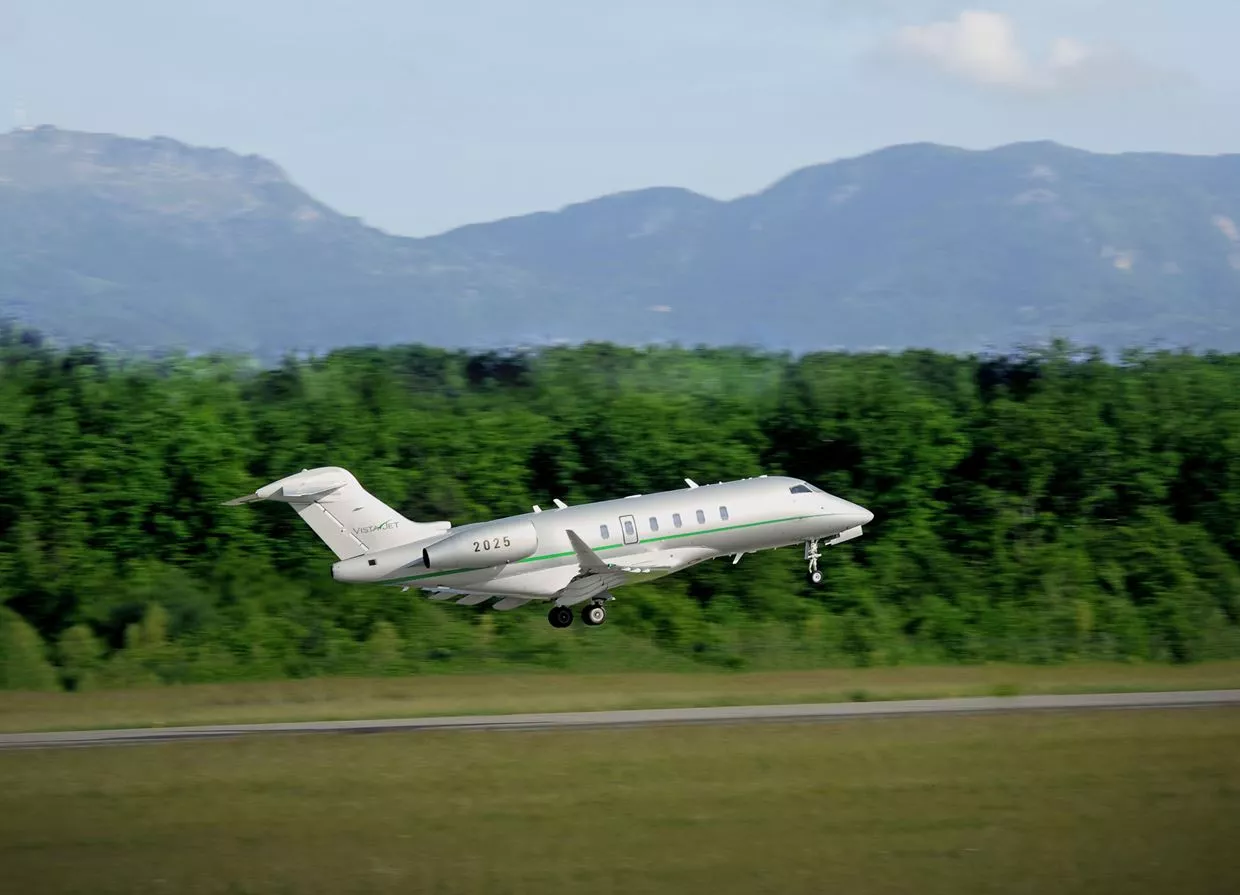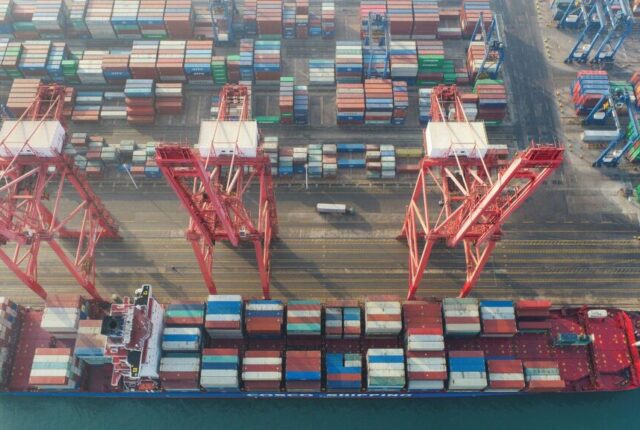
Sustainable Practices in Air Freight: Reducing Environmental Impact
In today’s world, where environmental concerns are at the forefront of global discussions, it is essential for industries to adopt sustainable practices that minimize their impact on the environment. The air freight industry plays a significant role in global trade and transportation, but it is also known for its carbon emissions and environmental footprint. This article explores sustainable practices in air freight and highlights strategies to reduce the environmental impact associated with this industry.
Sustainable Practices in Air Freight: A Holistic Approach
To effectively reduce the environmental impact of air freight, a holistic approach is necessary. This involves considering various aspects, such as fuel efficiency, alternative energy sources, operational improvements, and collaboration among stakeholders.
- Fuel Efficiency Measures
One of the key factors contributing to the environmental impact of air freight is fuel consumption. Airlines and freight carriers can implement several measures to enhance fuel efficiency and reduce carbon emissions.
- Aerodynamic Design: Airlines can invest in aircraft with improved aerodynamic designs, such as winglets, which help reduce drag and improve fuel efficiency.
- Engine Efficiency: Modern aircraft engines are designed to be more fuel-efficient. Upgrading the aircraft fleet with newer, more efficient engines can significantly reduce fuel consumption and emissions.
- Operational Optimization: Airlines can optimize flight routes, takeoff, and landing procedures to minimize fuel consumption. This involves using advanced technology, such as real-time weather updates and data analytics, to make informed decisions that reduce fuel burn.
- Alternative Energy Sources
While fuel efficiency measures can make a significant impact, the air freight industry must also explore alternative energy sources to further reduce carbon emissions.
- Sustainable Aviation Fuels (SAF): SAFs are derived from renewable sources, such as biomass or waste materials, and can be used as a drop-in replacement for traditional jet fuel. By gradually replacing fossil-based jet fuel with SAFs, the air freight industry can achieve substantial carbon emission reductions.
- Electric Aircraft: Advancements in electric propulsion technology have paved the way for electric aircraft. Although electric aircraft are still in the early stages of development, they hold great promise for reducing emissions in the future.
- Operational Improvements
Efficient operational practices can contribute to sustainability in air freight by optimizing processes and minimizing waste.
- Cargo Consolidation: Consolidating cargo shipments can reduce the number of flights required and optimize capacity utilization, leading to fewer carbon emissions per unit of freight transported.
- Load Factor Optimization: Ensuring high load factors on aircraft helps maximize the efficiency of each flight. Collaboration between airlines and freight forwarders can help achieve better load factors by coordinating shipments.
- Advanced Logistics Planning: Utilizing advanced logistics planning tools and technologies can optimize routes, minimize empty return trips, and improve overall operational efficiency.
Sustainable Practices in Air Freight: Reducing Environmental Impact
Air freight has a considerable environmental impact due to its carbon emissions and energy consumption. Implementing sustainable practices is crucial to reduce this impact and move towards a greener future.
By adopting the following sustainable practices, the air freight industry can make significant strides in reducing its environmental footprint:
- Investing in Research and Development: Continued research and development efforts are essential to drive innovation in sustainable aviation. This includes exploring new technologies, materials, and operational practices that can further minimize environmental impact.
- Collaboration and Partnerships: Collaboration among stakeholders, including airlines, regulatory bodies, and environmental organizations, is vital to share knowledge, best practices, and resources. By working together, the industry can create a collective impact towards sustainability.
- Regulatory Frameworks: Governments and regulatory bodies can play a crucial role in promoting sustainability in air freight. Implementing policies, such as emissions trading schemes or carbon offset programs, can incentivize airlines to reduce their carbon footprint.
- Education and Awareness: Increasing awareness among industry professionals, policymakers, and the public about the environmental impact of air freight is vital.
Education programs and campaigns can highlight the need for sustainable practices and encourage individuals to make informed choices. - Investment in Infrastructure: Developing sustainable infrastructure, such as efficient airports and cargo handling facilities, can contribute to reducing emissions and improving overall operational efficiency.
- Continuous Improvement: The journey towards sustainability is an ongoing process. Regular monitoring, evaluation, and improvement of sustainable practices are crucial to stay at the forefront of environmental stewardship.
FAQs about Sustainable Practices in Air Freight
1: What are the main environmental challenges associated with air freight?
Air freight poses several environmental challenges, primarily related to carbon emissions, fuel consumption, and noise pollution. The high energy requirements of aircraft, coupled with the burning of fossil fuels, contribute to greenhouse gas emissions and climate change.
2: What are Sustainable Aviation Fuels (SAFs)?
Sustainable Aviation Fuels (SAFs) are renewable fuels derived from biomass or waste materials. They offer a more sustainable alternative to traditional jet fuel, as they can significantly reduce carbon emissions.
3: Are electric aircraft a viable solution for sustainable air freight?
Electric aircraft show promise for sustainable air freight in the future. However, their commercial viability is still being explored, and significant advancements in battery technology and charging infrastructure are required.
4: How can collaboration contribute to sustainable practices in air freight?
Collaboration among airlines, freight forwarders, regulatory bodies, and environmental organizations can foster the exchange of knowledge, resources, and best practices, leading to more effective sustainable initiatives.
Conclusion
Sustainable practices in air freight are essential to minimize the environmental impact of this industry. By adopting fuel efficiency measures, exploring alternative energy sources, implementing operational improvements, and fostering collaboration, the air freight industry can reduce its carbon emissions and move towards a more sustainable future. With continued innovation, education, and collective effort, the vision of sustainable air freight can be realized, benefiting both the industry and the environment.






